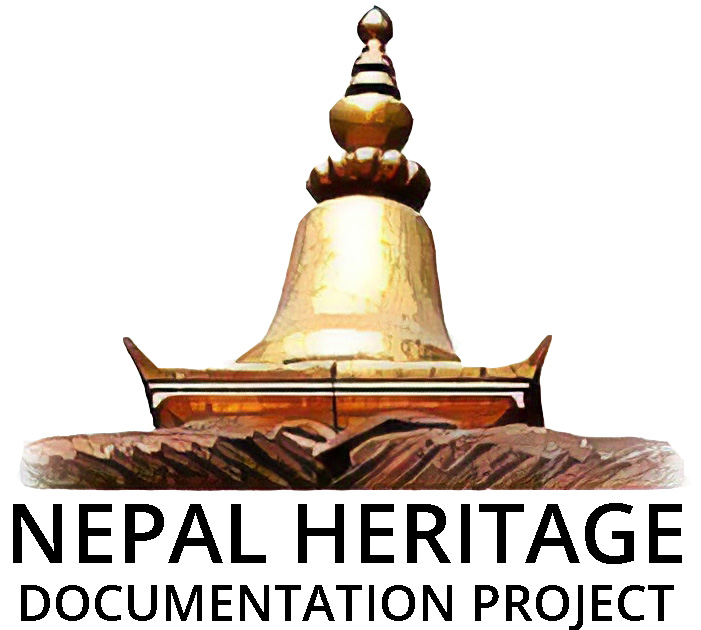Lũchẽ Nani Phalcā, Lalitpur

Lũchẽ Nani Phalcā, originally constructed in 1668 CE, is one of the case studies selected by NHDP for a more detailed documentation of how a semi-public heritage monument is linked to community-based practices and engagement in post-earthquake reconstruction processes. In 2014, Prof. Christiane Brosius began to conduct research about the relationship of middle and old age with respect to cultural heritage care, especially in the context of phalcās. Along with Newar heritage expert Rajendra Shakya, she conducted interviews to support this research, and Lũchẽ Nani Phalcā happens to be one of the sites where these conversations were held. The research was exhibited in the first PhotoKathmandu festival, which aimed at looking at the importance of public space and community life. The Lũchẽ Nani Phalcā was damaged in 2015 earthquakes, and members of the dāphākhalaḥ attached to the phalcā requested for support. Prof. Christiane Brosius received financial aid from the Hamburg-based Barbara and Wilfried Mohr-Foundation to help reconstructing earthquake-affected structures which went towards the Lũchẽ Nani Phalcā. Architect Bijay Basukala drew up the plans for the reconstruction, and the work was supervised by him and Architect Padma Sundar Maharjan. The reconstructed phalcā was inaugurated in a public ceremony on March 23, 2017. The documentation assembled many architectural drawings, interview excerpts and photographs. Research and documentation of this monument was carried out by heritage scholar Rajendra Shakya and Sanjeep Maharjan (Kathmandu University) in 2015-16.
For more information about Lũchẽ Nani Phalcā, please visit DANAM.
